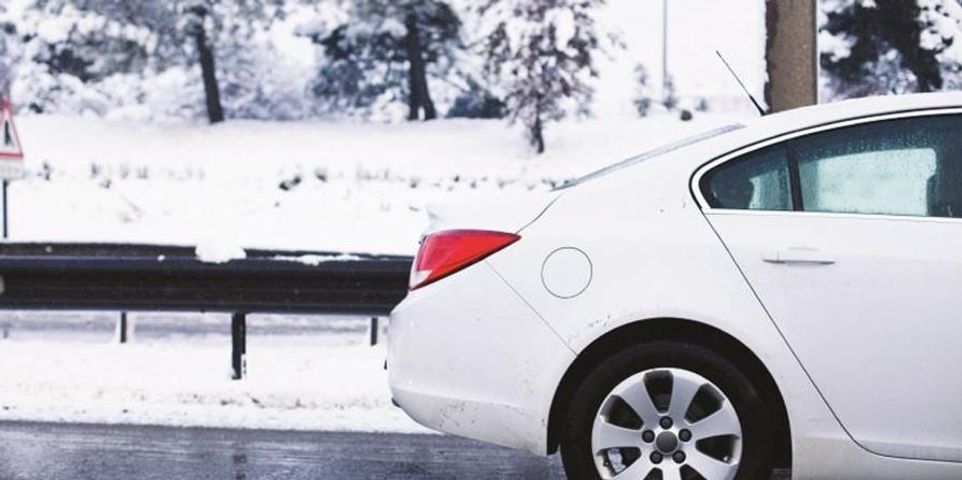
- Have the battery and charging system checked for optimum performance. Cold weather is hard on batteries.
- Clean, flush and put new antifreeze in the cooling system. As a general rule of thumb, this should be done every two years.
- Make sure heaters, defrosters and wipers work properly. Consider winter wiper blades and use cold weather washer fluid. As a general rule, wiper blades should be replaced every six months.
- Check the tire tread depth and tire pressure. If snow and ice are a problem in your area, consider special tires designed to grip slick roads. During winter, tire pressure should be checked weekly.
- Be diligent about changing the oil and filter at recommended intervals. Dirty oil can spell trouble in winter. Consider changing to “winter weight” oil if you live in a cold climate. Have your technician check the fuel, air and transmission filters at the same time.
- If you’re due for a tune-up, have it done before winter sets in. Winter magnifies existing problems such as pings, hard starts, sluggish performance or rough idling.
- Have the brakes checked. The braking system is the vehicle’s most important safety item.
- Have the exhaust system checked for carbon monoxide leaks, which can be especially dangerous during cold weather driving when windows are closed.
- Check to see that exterior and interior lights work and headlights are properly aimed.
About the Business
BUSINESS
Auto Insurance Agency
1st Choice Insurance
(177 reviews)
7500 Dixie Hwy, Fairfield, OH 45014
Have a question? Ask the experts!
Send your question

